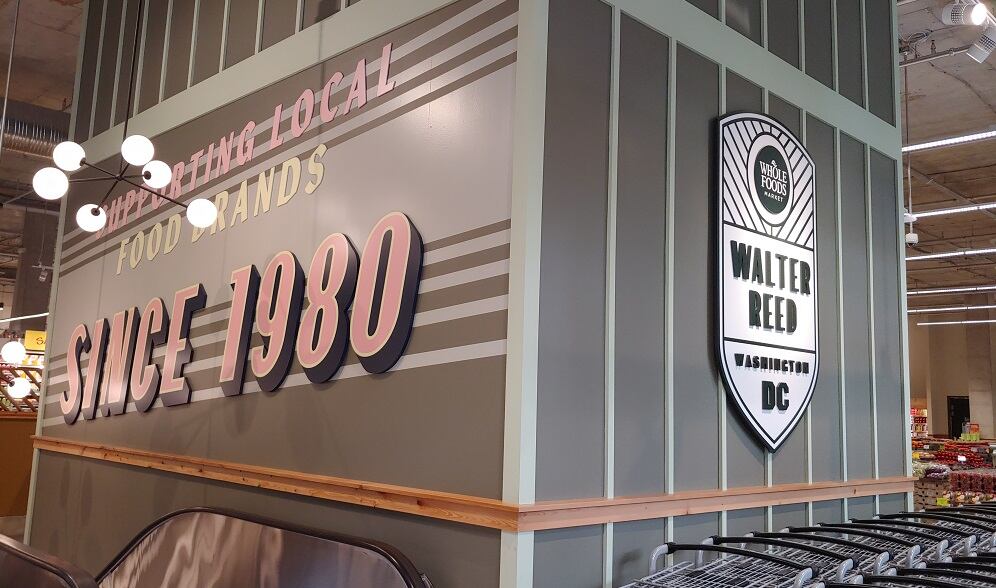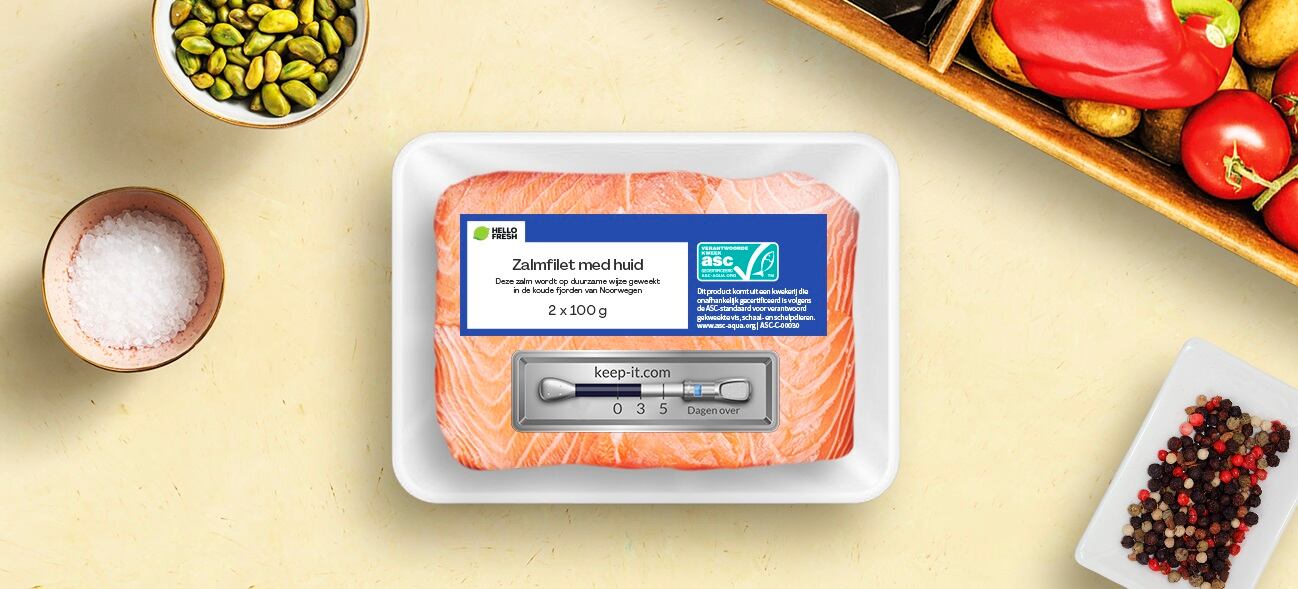Accounting for approximately 22% of all grocery sales, the specialty foods category is driven by e-commerce, new product discovery in-store, discovery, curated assortments, frozen premium foods and private label, Lockwood explained. He added that specialty natural retailers play a vital role in product discovery and catering to consumers who are loyal and seek new products—giving them a competitive advantage over conventional grocery retailers.
Lockwood broke down the market share between conventional (87% of all grocery retail sales) and specialty food stores, and in the latter, it’s no surprise of the high concentration of premium foods on shelves:
“The important part is that the specialty natural channel only has two percent of the retail outlets…So, if you go into a conventional grocery store, your average category will have five to 8 percent of the products as specialty but in the specialty natural channel, it's 40 to 100%,” he explained.
“The specialty food industry is pandemic proof and inflation proof”
Inflation has impacted the industry, Lockwood explained, and managing costs has become a priority for businesses as consumers are buying less. The market has matured over the years, marked by changes in growth rates, evolving consumer preferences towards healthy foods and the rise of specialty foods in conventional groceries.
“You can truly say that the specialty food industry is pandemic proof and inflation proof and has been certainly throughout this whole century. Sales have always gone up. But as everybody here knows, it hasn't been an easy ride in the last three years. Because if you look back in 2018 and 19, growth was 4.6% each year. That was great because inflation was almost nothing like 1.5% and unit sales were up,” he emphasized.
Along with specialty natural retailers, which are growing faster than conventional grocery stores, Lockwood identified three other channels in the specialty foods market: track sales (large grocery stores and convenience stores), retail perishables (non-UPC items like deli products and specialty cheese) and food service (experienced a decline during the pandemic but has been recovering).
“And now for the last two years, we have conventional grocery going growing faster than specialty and national grocery. So that's a tremendously big difference and that creates a lot of challenges for makers and retailers and brokers and distributors,” Lockwood added.
He cited notable growth in frozen and packaged meal solutions (pasta sauce, soup, rice and beans) – “Shelf stable groceries grew phenomenally well last year almost looking like the pandemic year and in the first five months this year, also growing in double digits.”
Particularly in the frozen section given its portion control, shelf stability and global flavors, consumers are looking for premium ingredients. As private label continues to shape retailers’ business strategies, the frozen section has potential to create competition between conventional and specialty food grocers.
E-commerce and omnichannel strategies continue driving the market
E-commerce continues to be “the fastest growing part of the industry…just barely above 10% growth,” with click and collect becoming more popular than ship-to-home options as both consumers and retailers are looking to avoid shipping fees, Lockwood added
He emphasized that specialty food brands have a unique opportunity to establish partnerships with unlikely channels, like convenience and hardware stores. He suggests brands to determine “which of your channels provides the margin for you.”
“That’s the reason why you need multiple channels...You need something that can even the business out because as we saw during the pandemic, you can’t be caught being in one channel,” he added.




